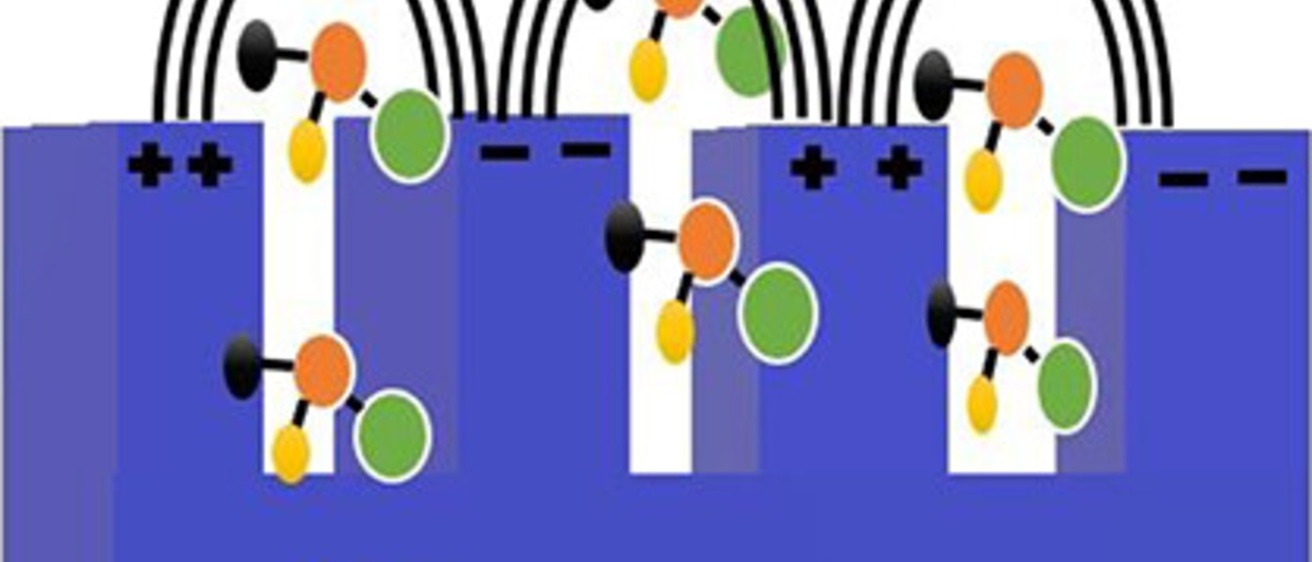Surface phonon polariton (SPhP) modes in polar semiconductors offer a low-loss platform for infrared nanophotonics and sensing. However, the efficient design of polariton-enhanced sensors requires a quantitative understanding of how to engineer the frequency and lifetime of SPhPs in nanophotonic structures. Here, we study organ-pipe resonances in 4H-SiC trenches as a prototype system for infrared sensing. We use a transmission line framework that accounts for the field distribution within the trench, accurately predicting mode frequency and lifetime when compared against finite element method (FEM) electromagnetic calculations. Accounting for the electric field profile across the gap is critical in our model to accurately predict mode frequencies, quality factor (Q factor), and reflectance, outperforming previous circuit models developed in the literature. Beyond structural simulation, our model can provide insights into the frequency ranges in the Reststrahlen band where enhanced sensor activity should be present. The radiative lifetime is significantly enlarged close to the longitudinal optic phonon, restricting sensor efficiency at this wavelength range. This pushes the optimal frequency for sensing closer to the center of the Reststrahlen band than might be naively expected. This model ultimately demonstrates the primary challenge of designing SPhP-based sensors: only a relatively narrow region of the Reststrahlen band offers efficient sensing, guiding future designs for infrared spectroscopy.

